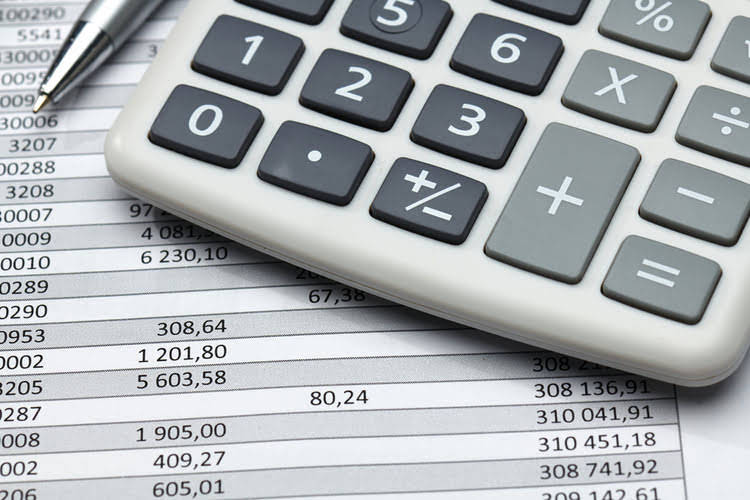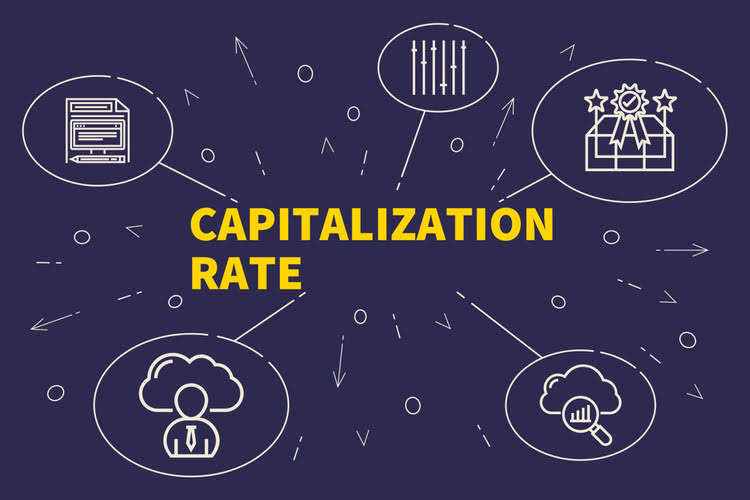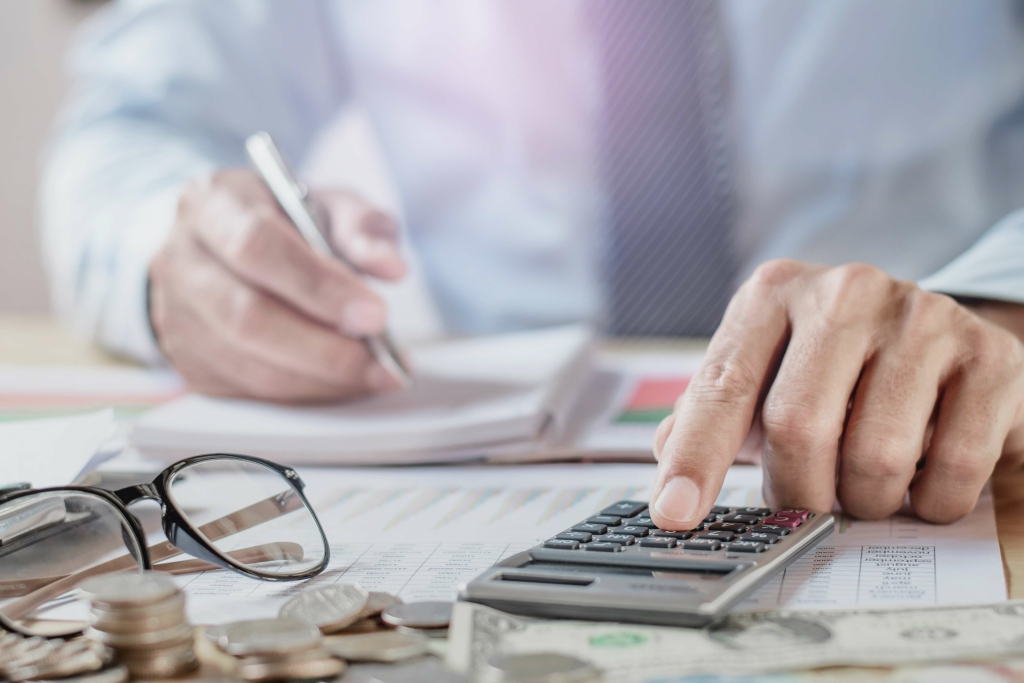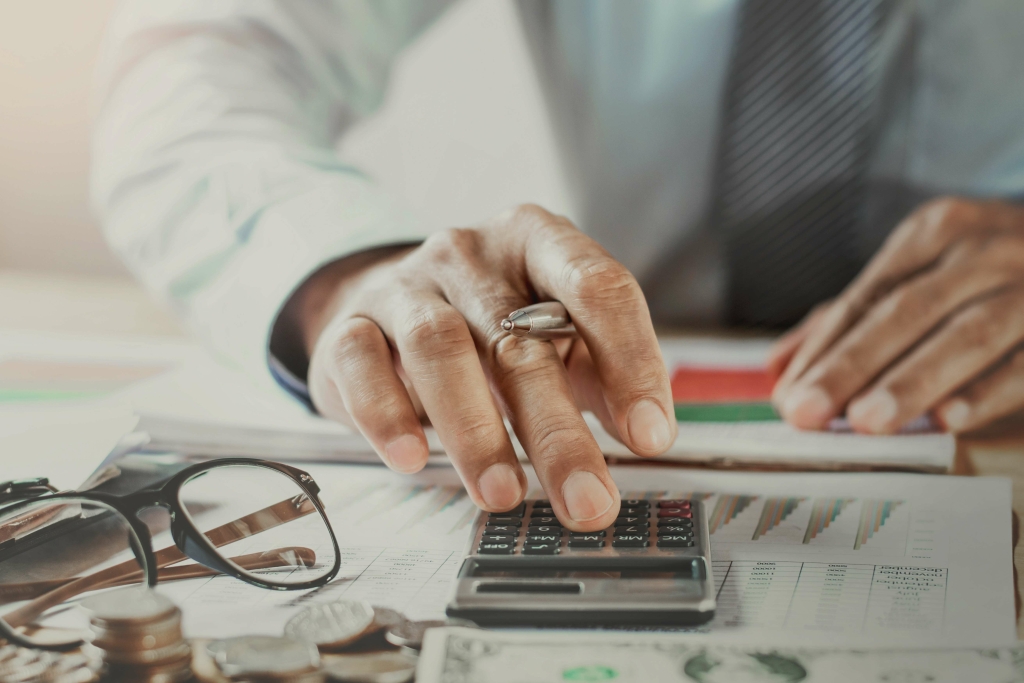- July 14, 2021
- Bookkeeping
- No Comments
A Guide To The Double Declining Balance DDB Depreciation Method

A variation on this method is the 150% declining balance method, which substitutes 1.5 for the 2.0 figure used in the calculation. The 150% method does not result in as rapid a rate of depreciation at the double declining method. You have purchased a piece of machinery for $10,000, and the asset’s residual value at the end of its useful life (5 years) is $1,000. You want to calculate the depreciation for each year using the double-declining balance method. Accruing tax liabilities in accounting involves recognizing and double declining balance method recording taxes that a company owes but has not yet paid. It allows you to write off more of the asset’s cost in the early years of its life and less later on.
Example of DDB Depreciation

The method’s accelerated depreciation schedule results in varying effects on income statements, balance sheets, and cash flow statements. Additionally, it allows companies to potentially reduce their taxable income during an asset’s early years, but compliance with tax regulations is crucial. A disadvantage of the double declining method is that it is more difficult to calculate than the more traditional straight-line method of depreciation. Given the difficulty of calculation, this also means that it is easier to calculate the wrong amount of depreciation. Also, most assets are utilized at a consistent rate over their useful lives, which does not reflect the rapid rate of depreciation resulting from this method. Further, this approach results in the skewing of profitability results into future periods, which makes it more difficult to ascertain the true operational profitability of asset-intensive businesses.

Order to Cash

The salvage value plays a crucial role by setting a floor on the book value, so that the asset is not depreciated beyond its recoverable amount. In the final year of depreciation, make sure the depreciation expense is adjusted so that the asset’s book value equals the salvage value. DDB might be right for your business if you have assets that become outdated quickly or will see most of their use in the initial years. It’s a strategic choice to match expenses with the asset’s productive period. By keeping an eye on how much your assets have depreciated, you can better plan when to invest in new equipment and so avoid unexpected hits to your cash flow. Today we’ll explain how the DDB method works, compare it to other common depreciation methods, and get into its implications for your business’s financial management.

Double Declining Balance Calculator

Another advanced consideration when utilizing bookkeeping and payroll services the double declining balance method is the time-value of money (TVM). As an accelerated depreciation technique, DDB frontloads the depreciation expense, allowing companies to record higher expenses in the early years of an asset’s life. This results in deferred tax payments, which is advantageous due to the concept of TVM.
- This method results in a larger depreciation expense in the early years and gradually smaller expenses as the asset ages.
- This pattern continues until the book value approaches the salvage value, ensuring depreciation never exceeds the asset’s worth.
- For example, it can be difficult to understand and calculate for those unfamiliar with accounting principles.
- And if it’s your first time filing with this method, you may want to talk to an accountant to make sure you don’t make any costly mistakes.
This method is especially useful for assets that quickly lose their value or become obsolete, such as technology or machinery. Businesses that expect their assets to provide more value upfront might find DDB advantageous as it matches normal balance depreciation expenses more closely with the asset’s actual economic output during its initial years. The double declining balance (DDB) depreciation method has a notable long-term impact on a company’s asset value and profitability. This accelerated depreciation technique allocates a higher depreciation expense in the initial years of an asset’s life, thus reducing its carrying value more rapidly compared to the straight-line method. Over time, this leads to a lower accumulated depreciation and higher net carrying value in the later years.
- The DDB depreciation method offers businesses a strategic approach to accelerate depreciation.
- Overall, straight-line depreciation is an excellent method for businesses that want to track their assets’ value accurately over time.
- As you can see the straight-line depreciation must be calculated before the DD method can be used.
- Partial-year adjustments aim to match depreciation expenses more precisely with the periods during which the asset was in use, offering a more accurate depiction of financial performance.
- We will cover everything from the basics to examples, making it easy for anyone to grasp.
How to calculate Depreciation
The method ensures the book value does not drop below the salvage value, if any. In the final years, businesses must adjust calculations to ensure the book value aligns with the salvage value at the end of the asset’s useful life. Leveraging AI in accounting allows businesses to focus on strategic decision-making, reduce errors, and enhance overall financial management.

 +91 92155 56156, 92159 08888,
+91 92155 56156, 92159 08888,  studymatrixhsr@gmail.com
studymatrixhsr@gmail.com 



